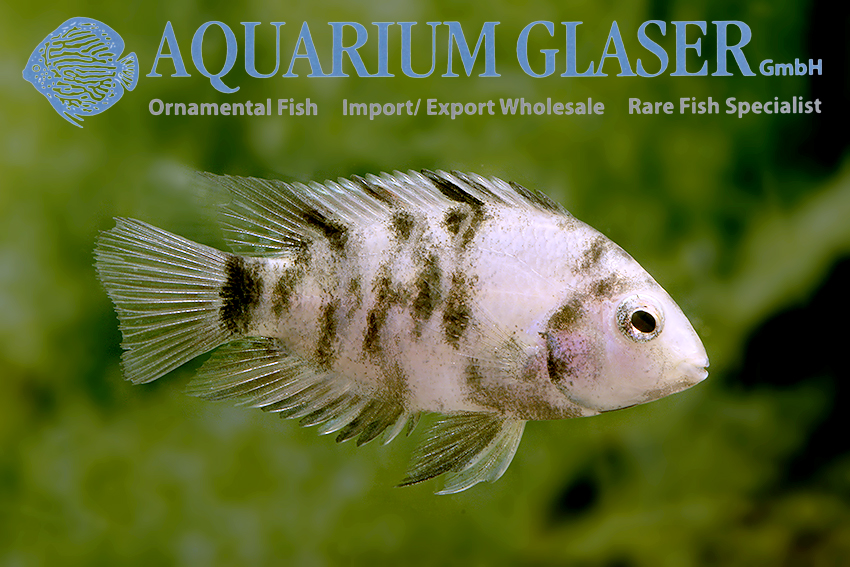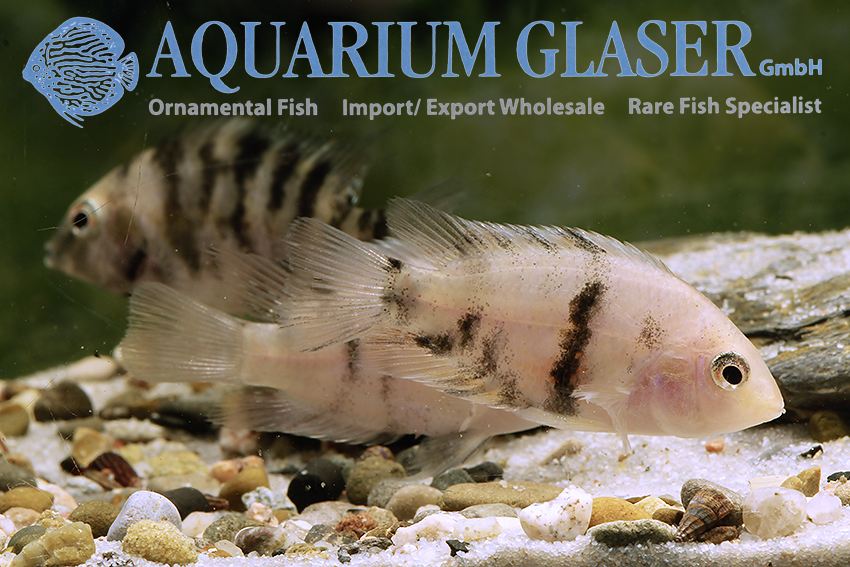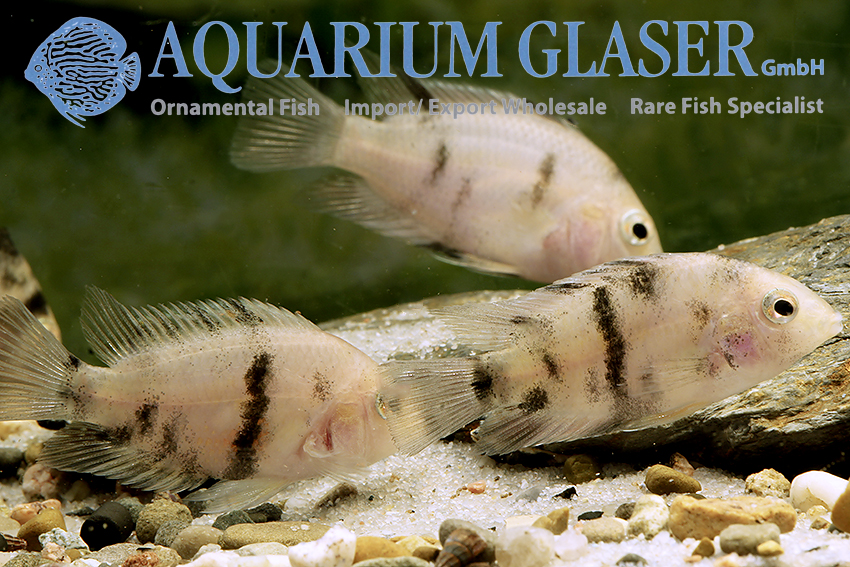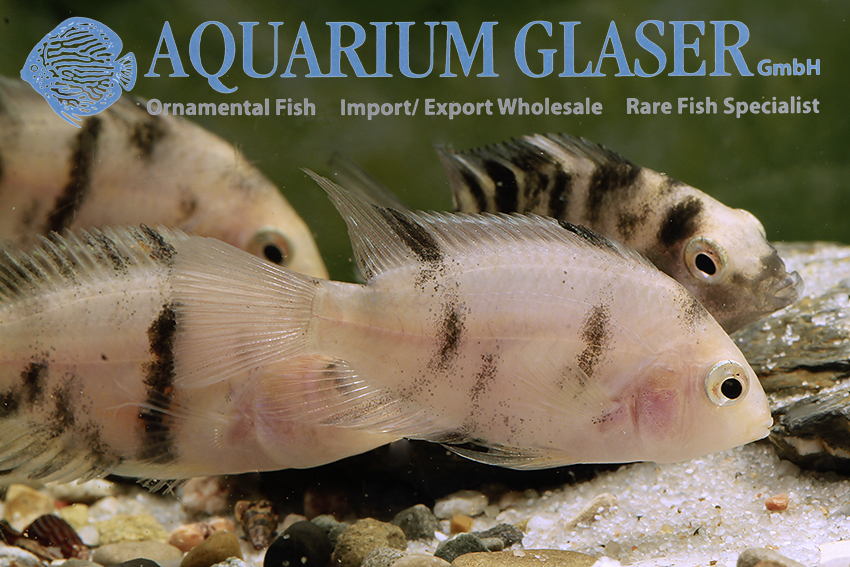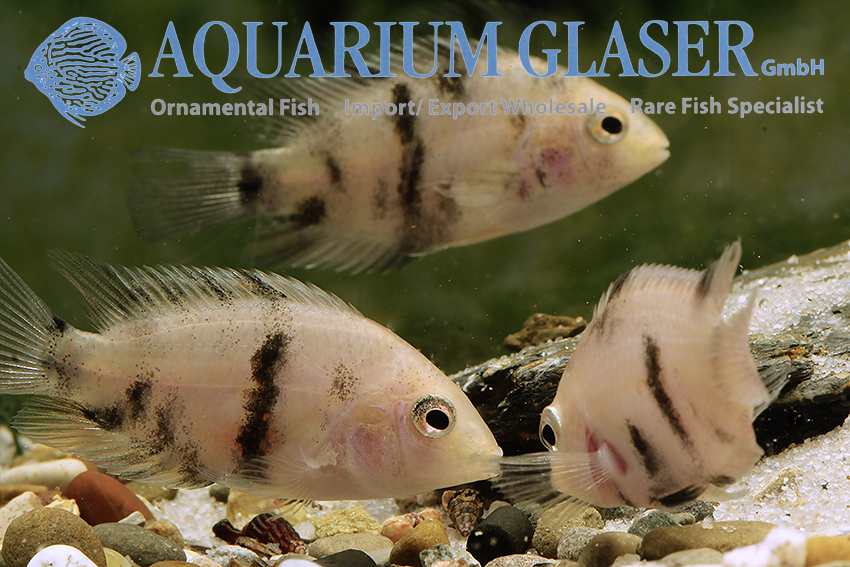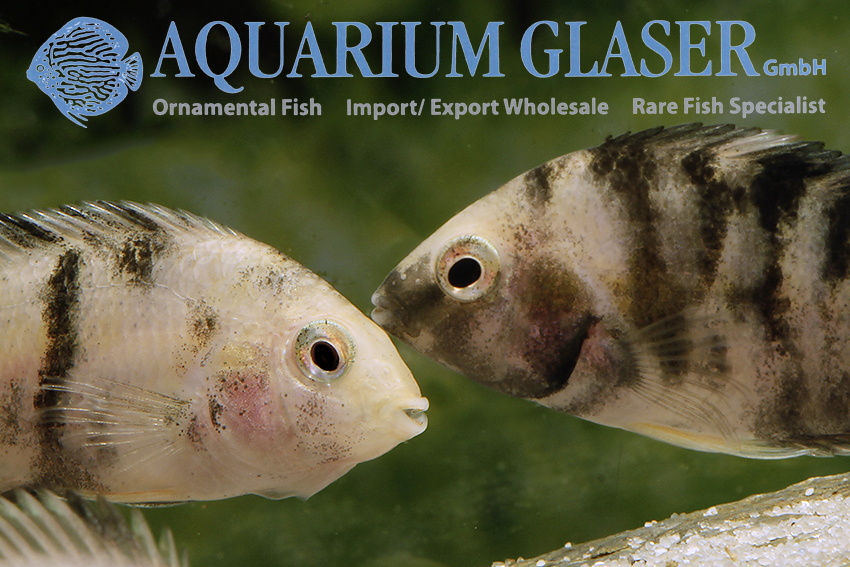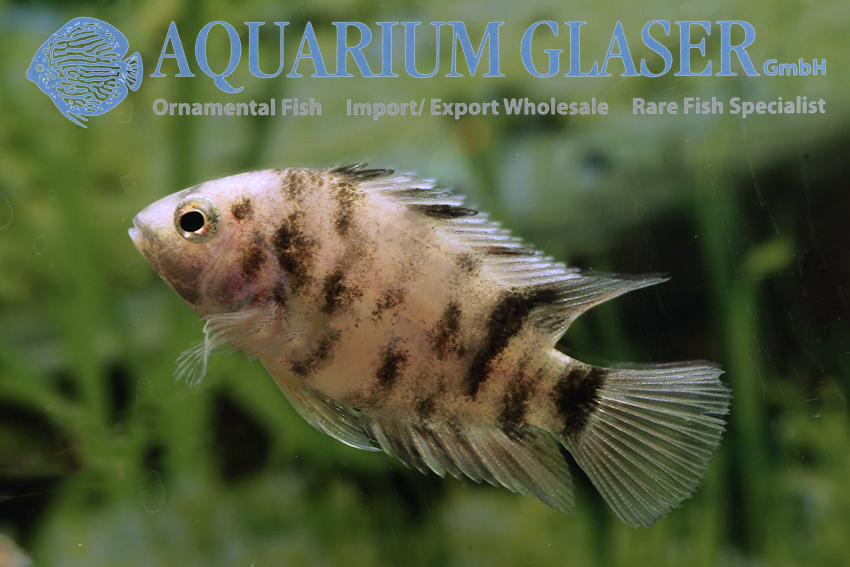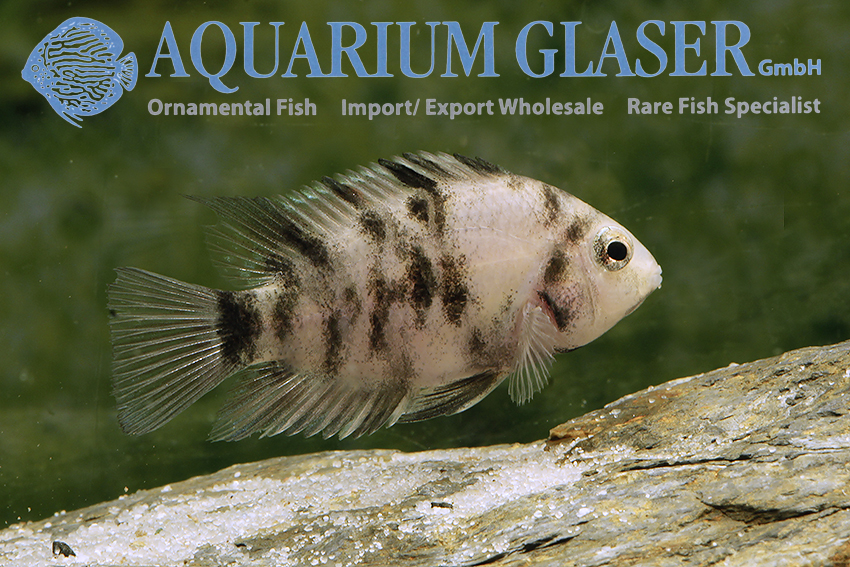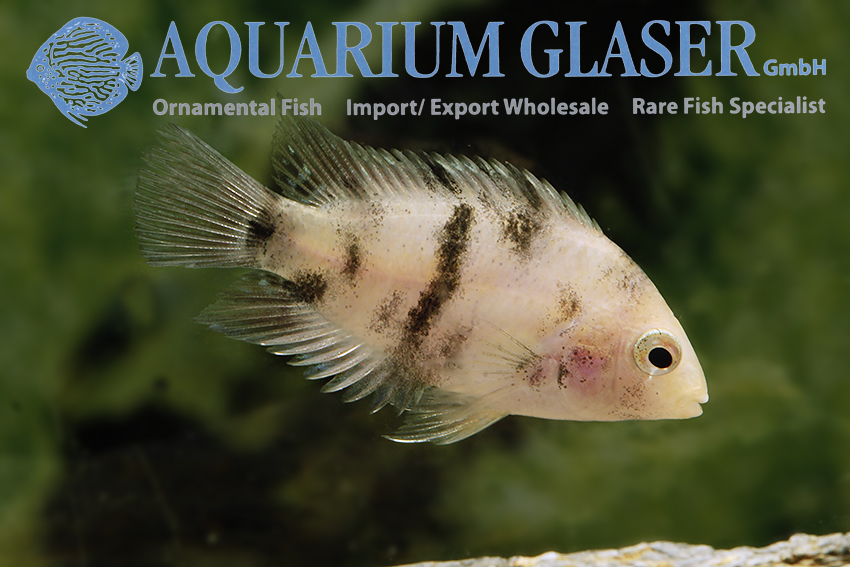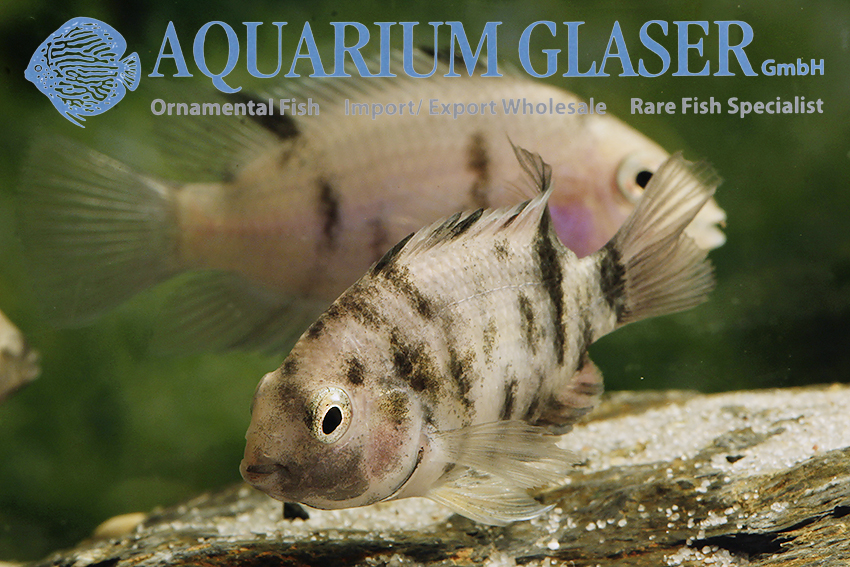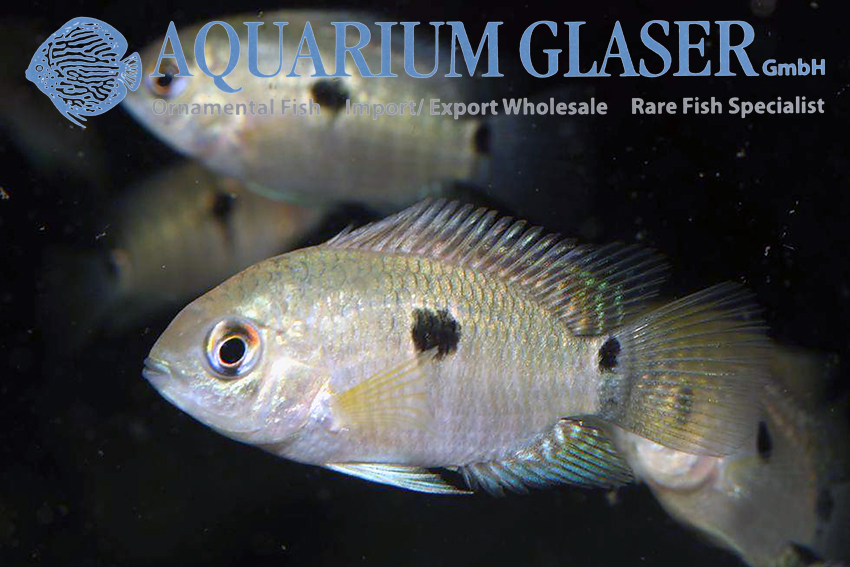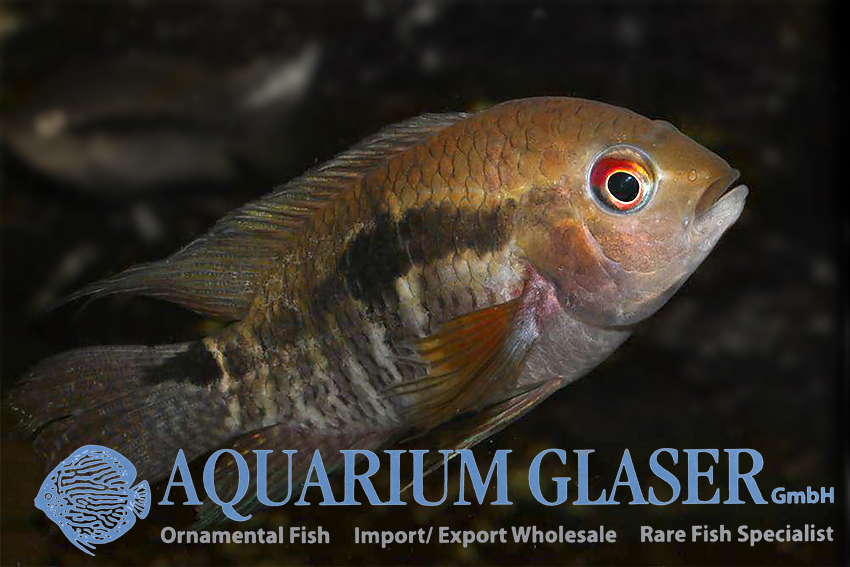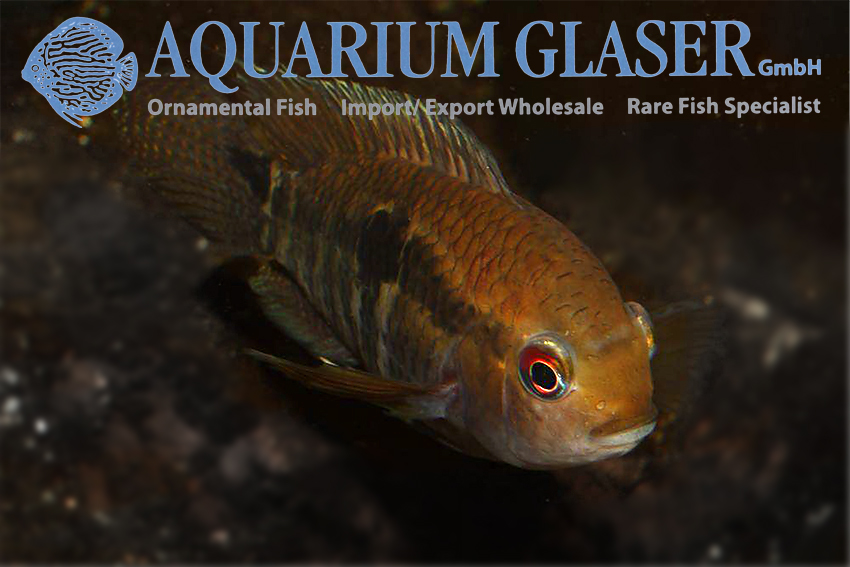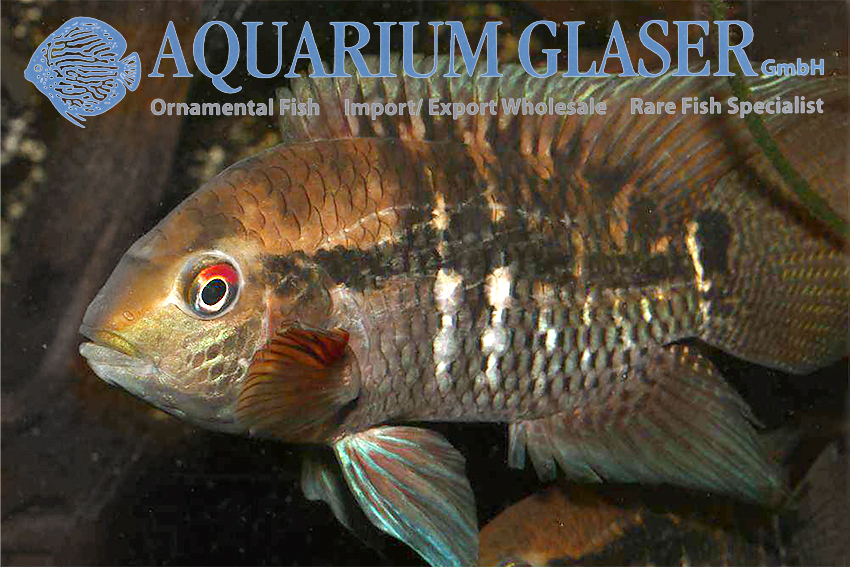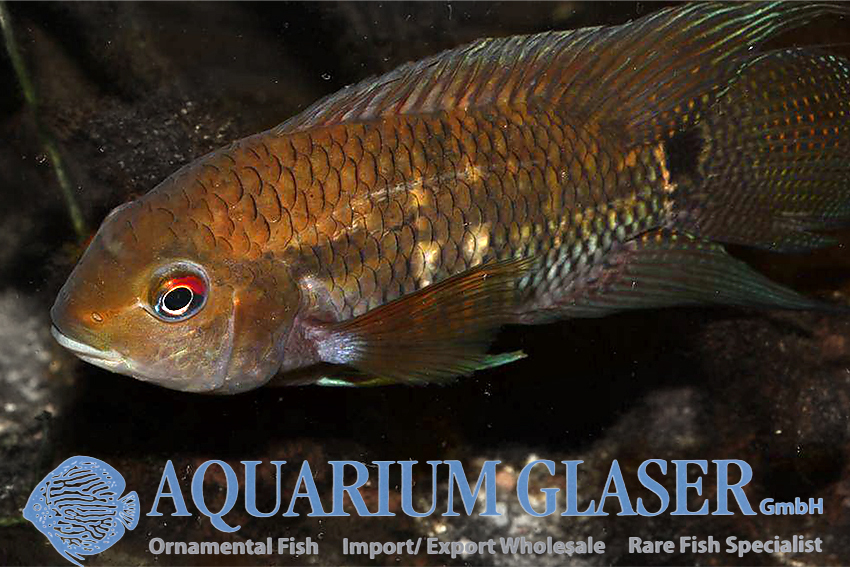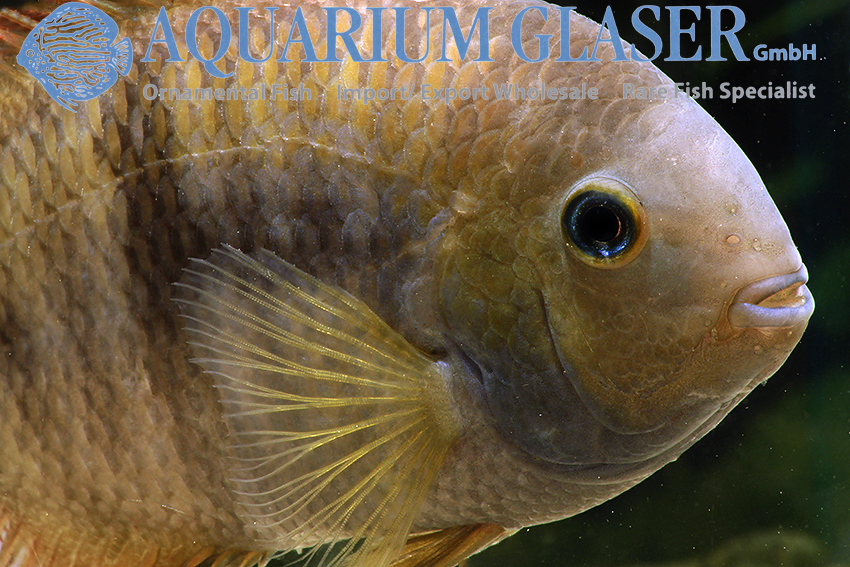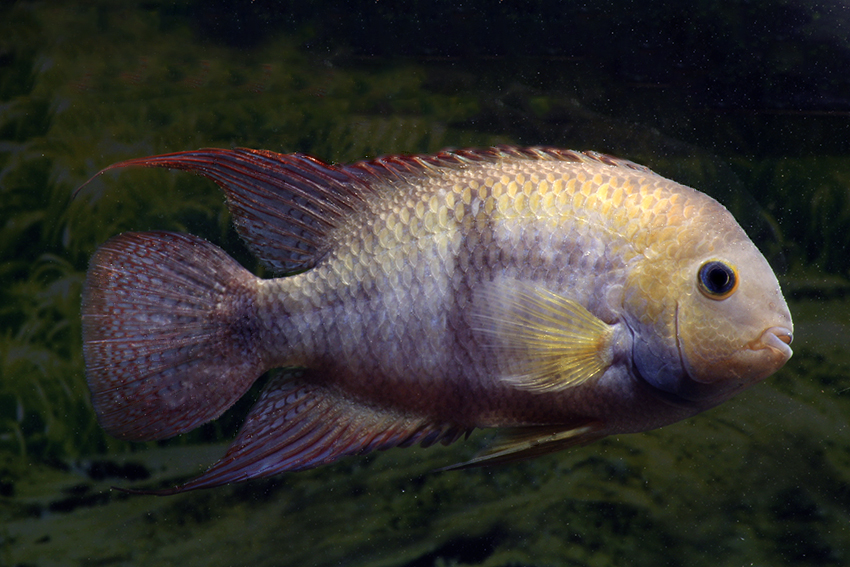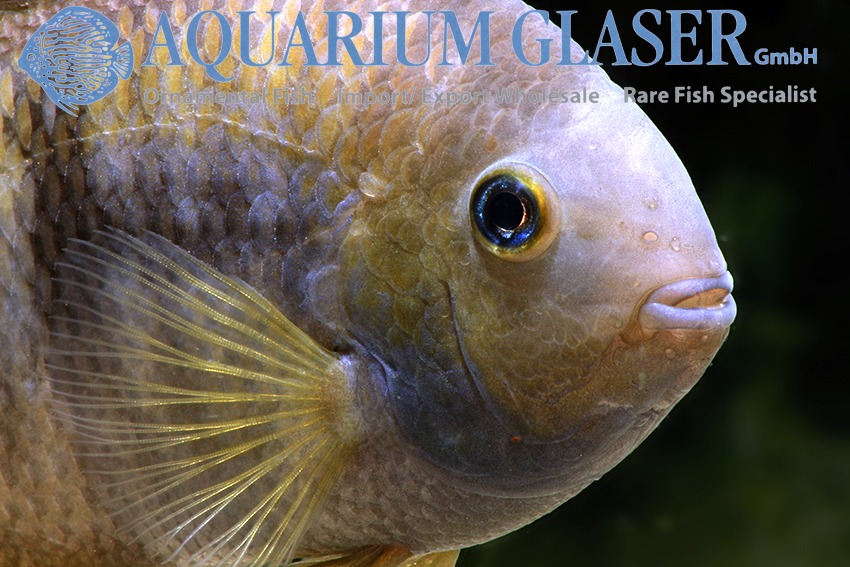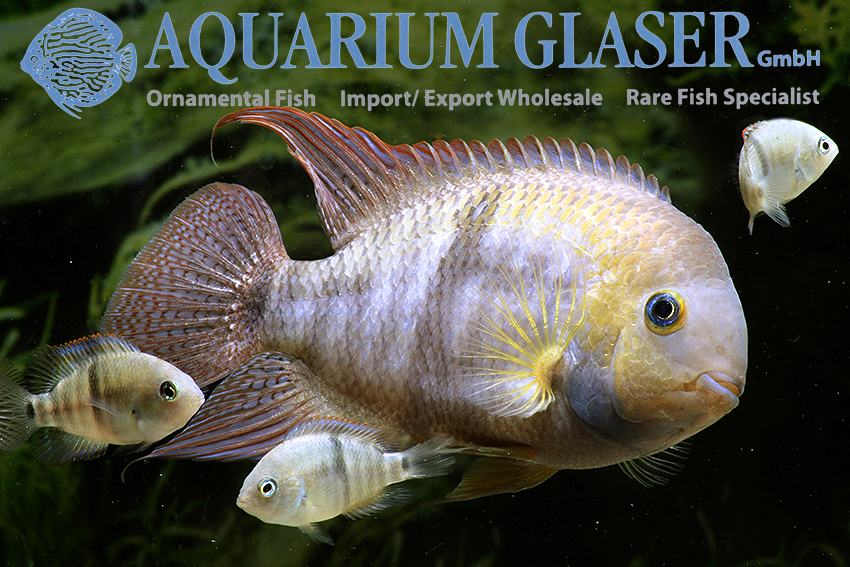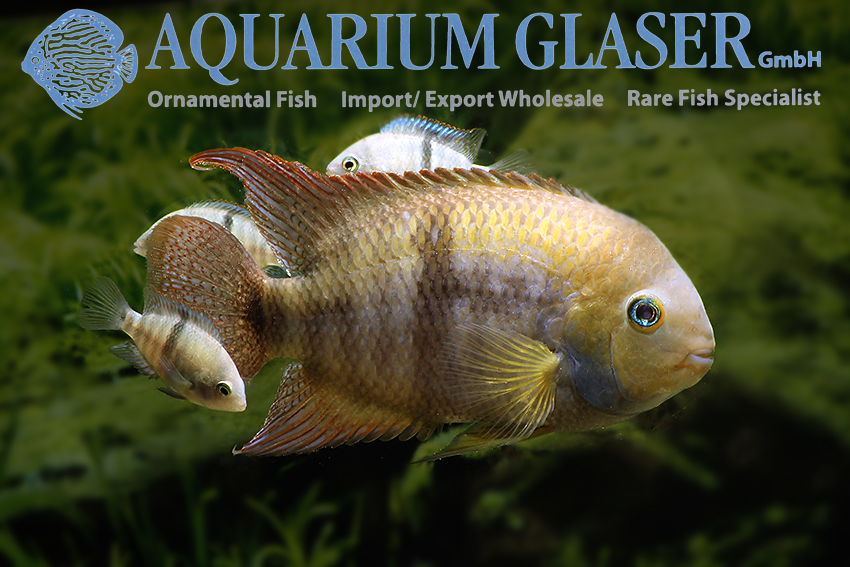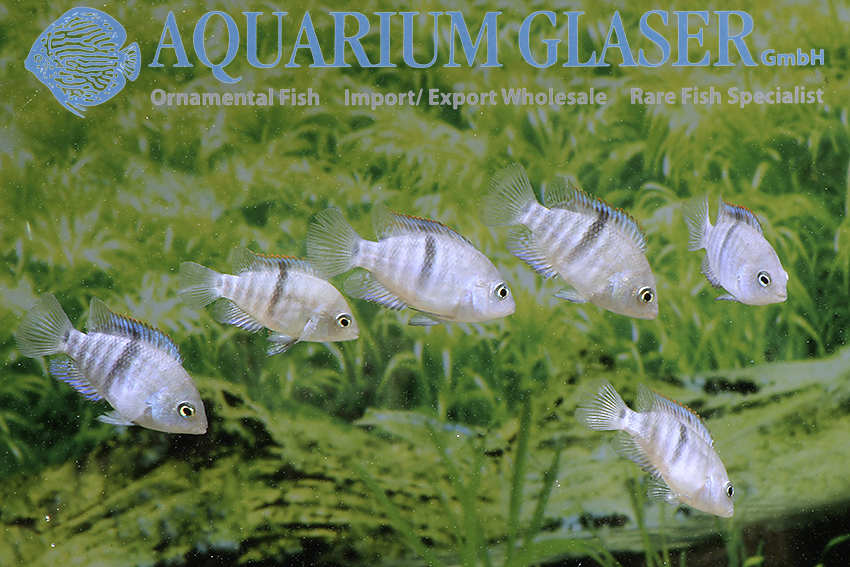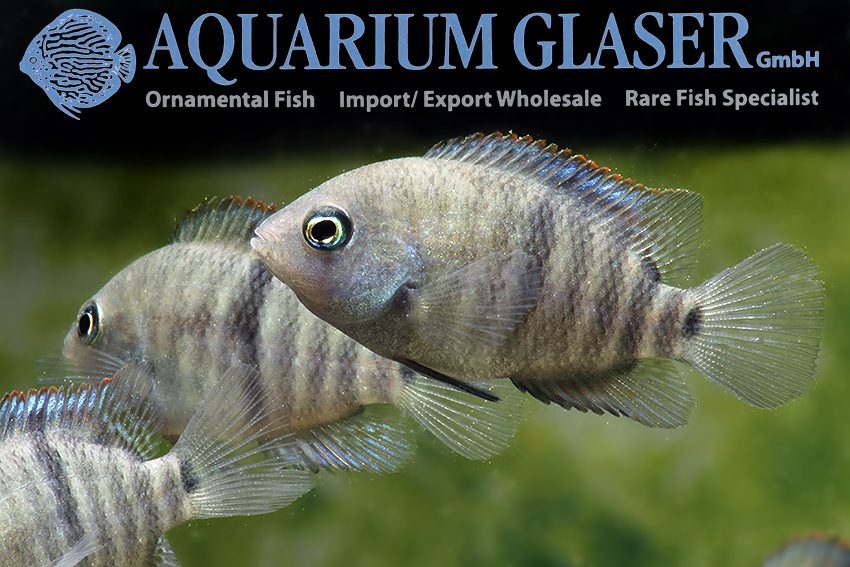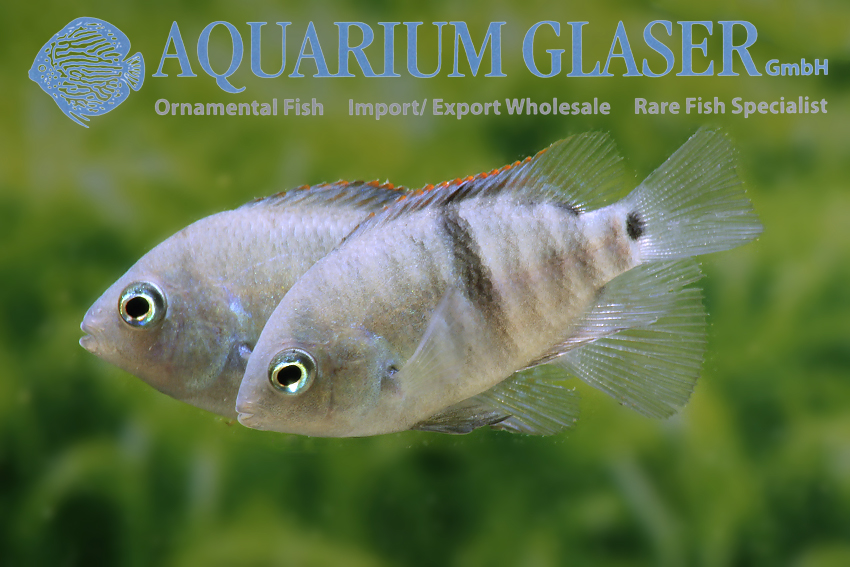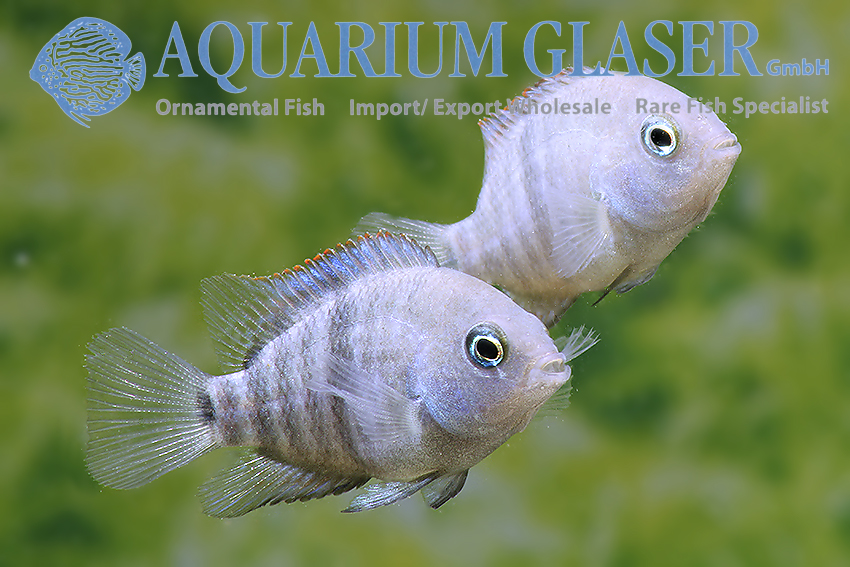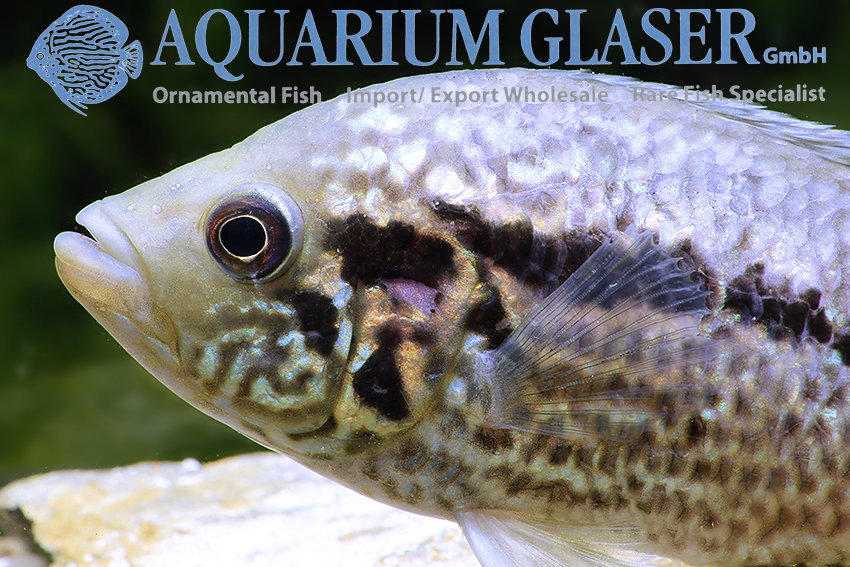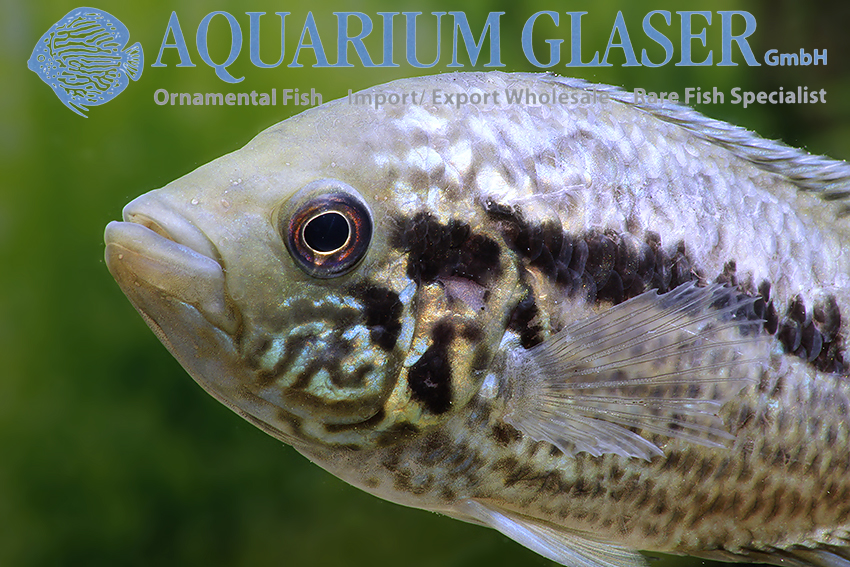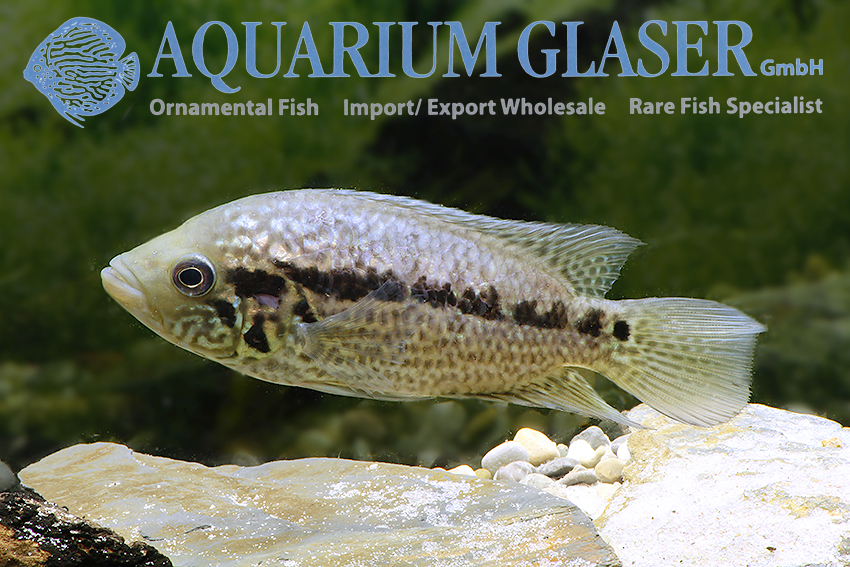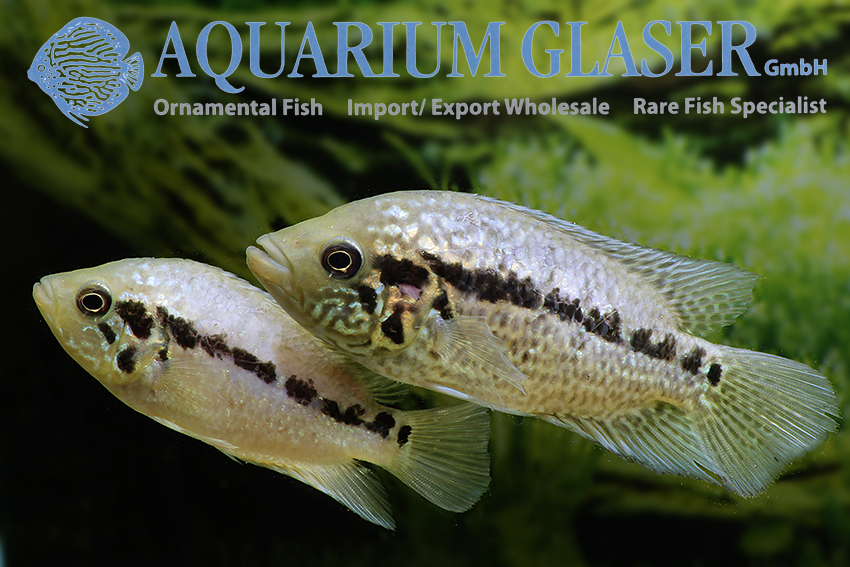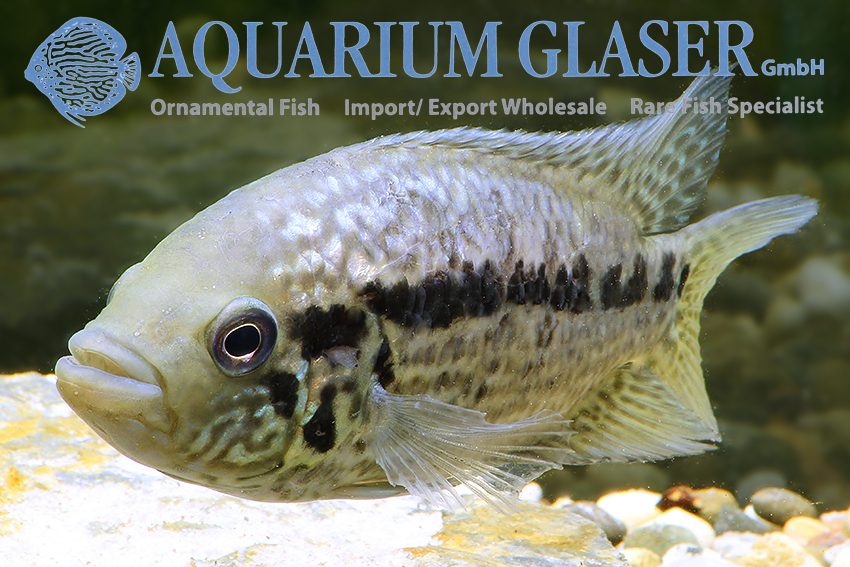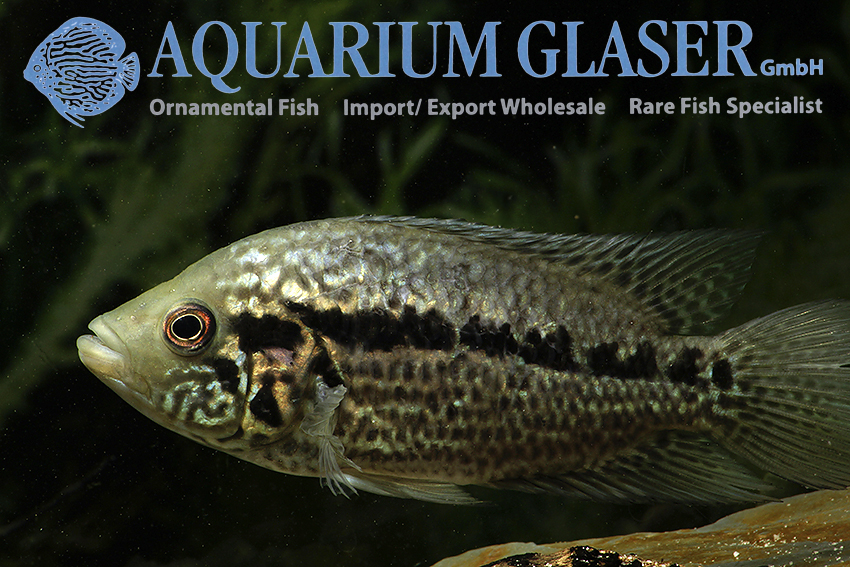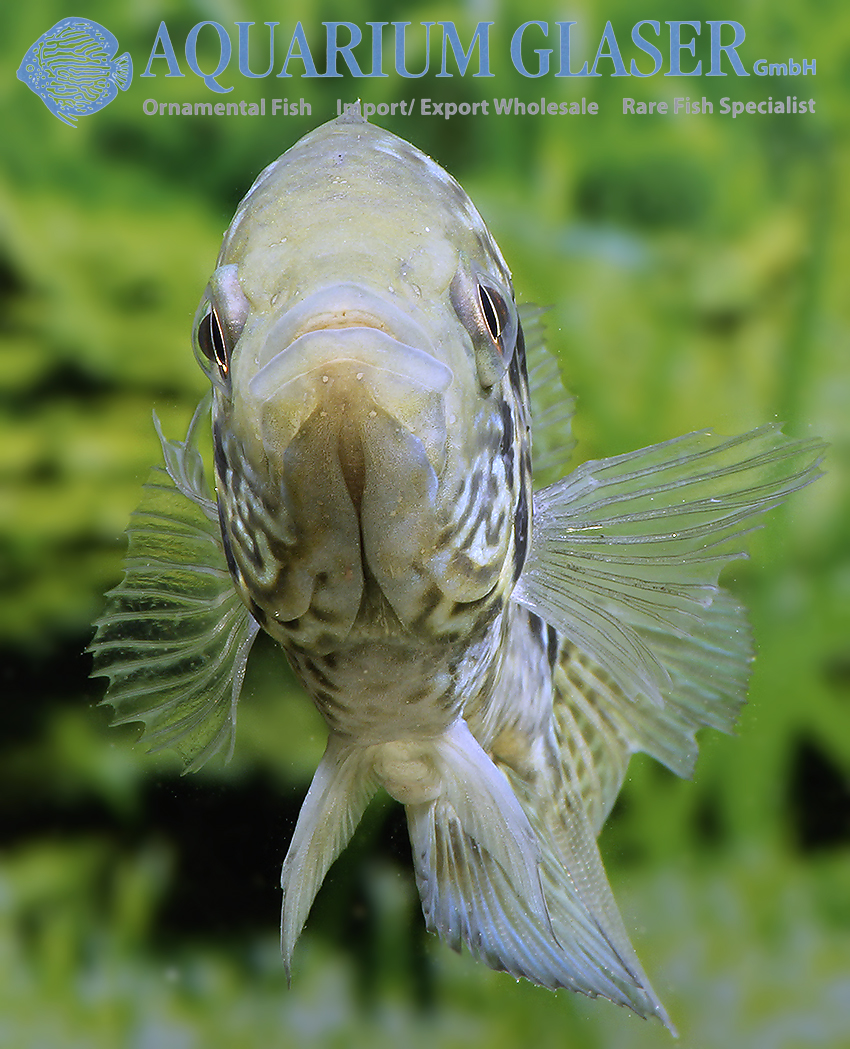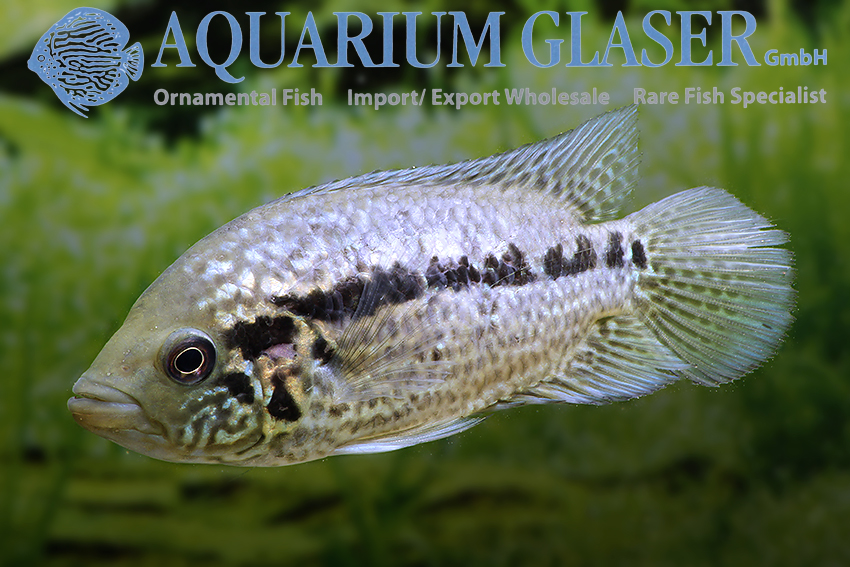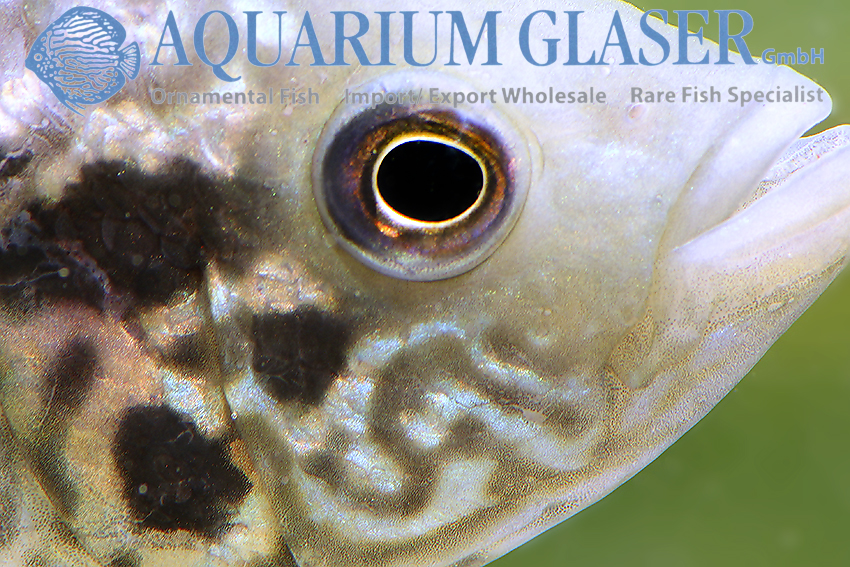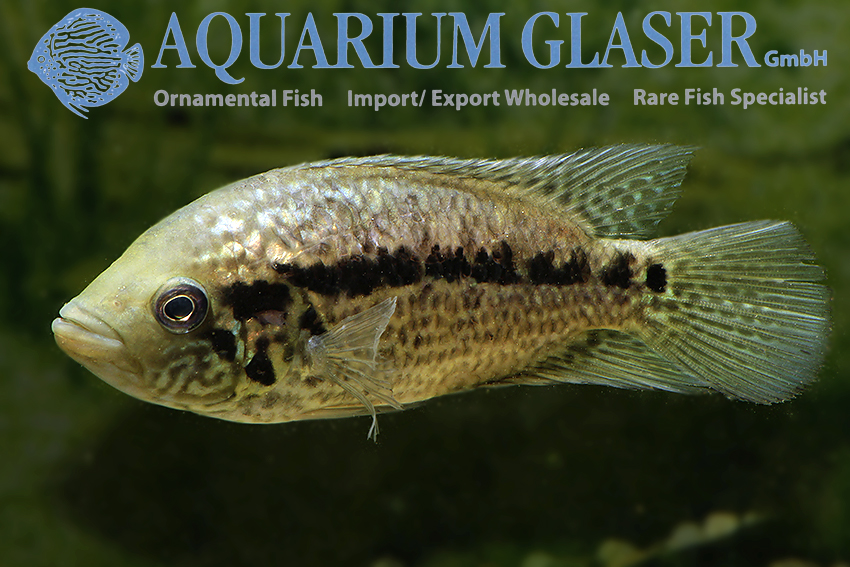The convict cichlid Amatitlania (formerly Cichlasoma) nigrofasciata is really not a novelty anymore: it has been kept and bred in aquariums since 1939. The first aquarium animals of this very widely distributed fish in Central America came from the lakes Atitlan and Amatitlan in Guatemala. The genus to which the convict cichlid currently belongs was named after the latter.
As early as the 1960s, a uniformly flesh-colored variety appeared in breedings, and since then the “piggies” have also found their enthusiasts. “New” is the marble variety. It originated in 1992 by chance in large-scale breeding of the monochrome animals in Florida and became lokal quite popular. Across the ocean they spilled first to Southeast Asia, where the busy professional breeders are always on the lookout for interesting novelties, from there to Europe and the animals we are currently offering, we got from a Czech breeder.
Apart from the coloration, which is different for each individual, they are typical convict cichlids, which move through the aquarium like a pack of wild pigs, examine every corner for food and are always ready for a fight. You can almost hear them squealing…
For our customers: the animals have code 655922 on our stocklist. Please note that we supply exclusively to wholesalers.
Text & photos: Frank Schäfer





